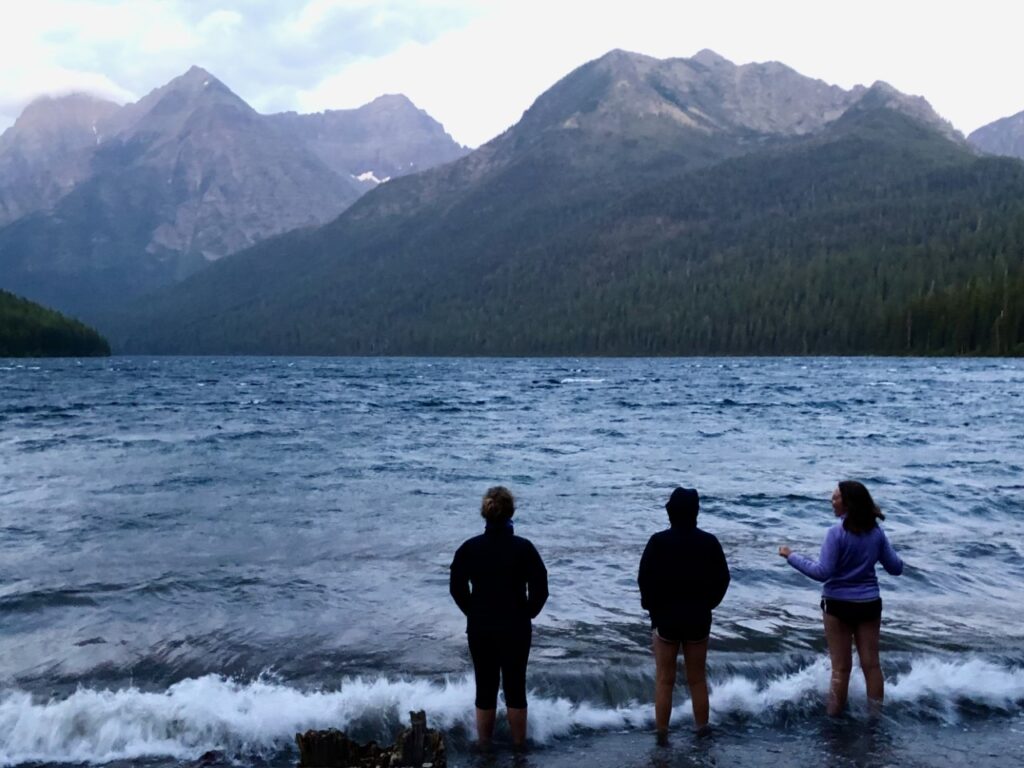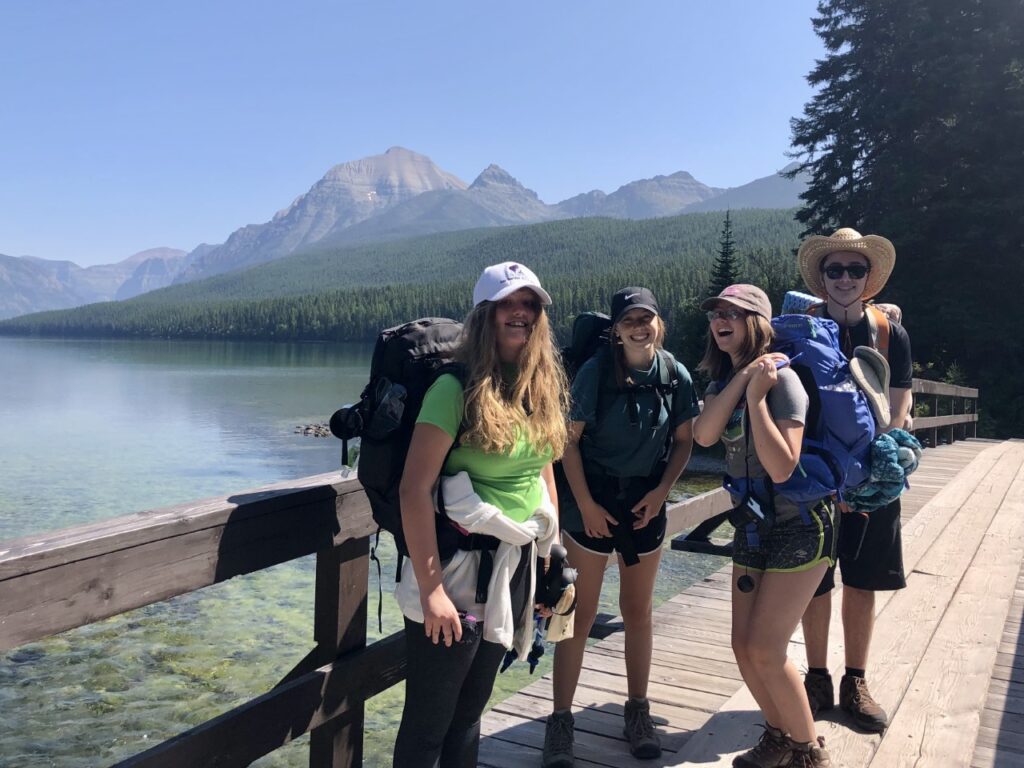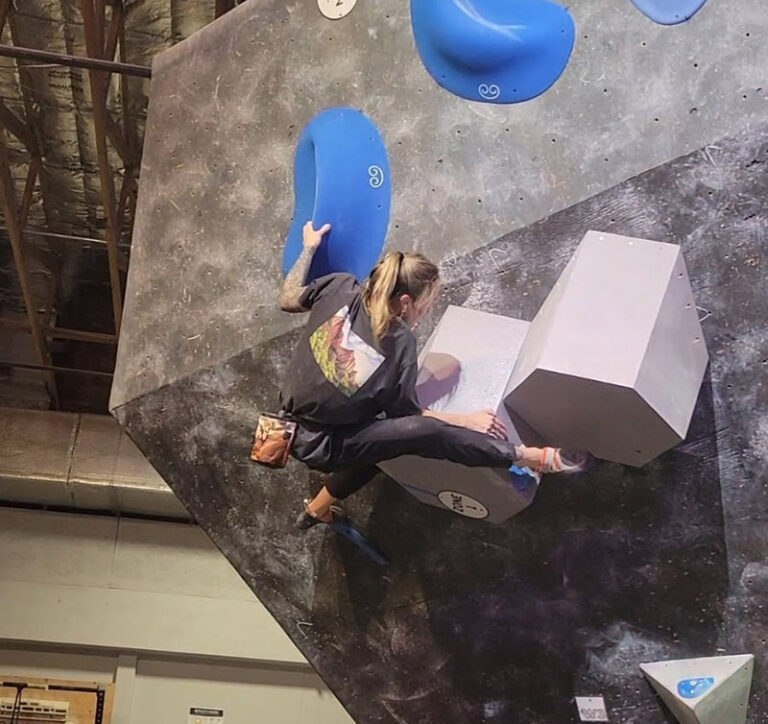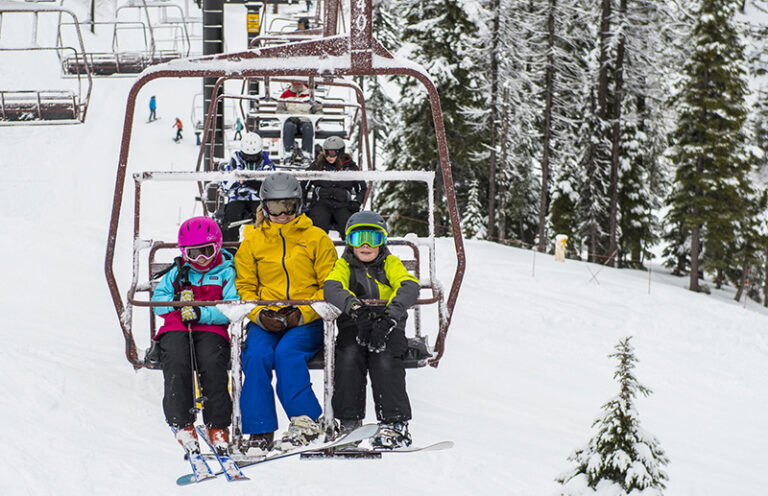We were about two miles into a gritty climb toward a remote lake in Montana. The older, faster kids had gotten carried away with a very loosely organized “parkour” competition. Anyone would be surprised at how gymnastically capable they were under the weight of fully-loaded backpacks, hopping over boulders and streaking through the undergrowth.
In their rapture, they all got quite a bit ahead on the trail. I hung back with my youngest daughter, then age 12. Years earlier, she had been diagnosed with a mild version of Developmental Coordination Disorder, which is essentially a type of clinical clumsiness. Her body just didn’t always sync up with what her mind intended to do, and it took her longer than average to negotiate the uneven terrain. She had been left behind and she didn’t like it. She was also getting tired from the climb. She slumped, hung her head, and let her arms go limp and boneless at her sides. Her mood billowed out of her, gloomy and foreboding. She was a stormy little thunderhead on a dazzling summer day. Here it comes, I thought.
Daughter: “This is stupid.”
Me: Silently walking.
Daughter: “I don’t know why we have to do this. I hate this.”
Me: Silently walking.
Daughter: “I can’t even breathe. I feel like I’m having an asthma attack.”
Me: “You’re doing great.”
Daughter: “My ankle is hurting again. It might be sprained.”
Me: “I’m right here with you. Let’s keep going.”
Daughter: SIGH. “Can we just STOP TALKING? PLEASE? … This is so stupid.”
Me: Smiling, and not because I was laughing at her, but because I felt proud of her. She was coming up against and pushing through her own mind’s resistance. It isn’t easy to walk away from all the comfort and familiarity of everyday life, to haul a heavy backpack over miles of rough trail, and to confront the big quiet of the wilderness for days at a time without any buffer or distraction.

Neither of us said anything more for maybe 20 minutes. We just walked. The old cedars smelled sweetly herbal under the sun, and the forest filtered hazy green light through its canopy. Everywhere, birds sang out.
Daughter: “Mom? Do you ever notice that you’re alive?”
Me: “What makes you ask that?”
Daughter: “Just being out here, I guess. Usually, I do things without really thinking.” She paused. “But look at us.” She held up a hand and stared. “We’re in the world. It’s weird.”
Me: Smiling again.
This was not the first time I had observed wilderness put young people into a state of sudden awareness and awe regarding their physical existence. For example, the day before his 14th birthday, out on his first real overnight backpacking trip, my nephew stood staring at jagged mountains layered up against the horizon at twilight. After a long silence, he dropped his hands to his knees in a sudden, semi-collapse and turned to look at the other kids and me over his shoulder. “Do you know where I am right now? I am here. Right now. In this place.”
In another moment, after days on the trail, a handful of 12- and 13-year-old kids stood knee-deep in a whitecapped lake during a powerful windstorm, letting the gusts come crashing in through their hair and clothes. They laughed with immense purity and pleasure and called out to each other over the storm’s howl, “I feel so happy! Why am I this happy?”
I love traveling into wild spaces with children. They are the best guides. Of course, we adults have to be logistical guides in charge of navigation, safety, etc. Kids, though, are more skilled when it comes to wonder, and can help us experience it, too, if we’re willing to show up and pay attention. What they offer, without even realizing it, is a translation of their physical, experiential conversations with the natural world. They are open to the world, and freely express everything they take in through their senses. In this way, the world speaks itself through them. And that’s what everyone wants to know—What is this wild mystery?

Pay attention to the murmurs and movements and offhand remarks of children who are let loose outside. It’s a way in. Let your guard down, play, celebrate alongside them and watch for the shining thread to emerge: We are happy. We are happy because we’re are alive in this place. Look at us. We ARE this place. (Mom, it’s weird.) And then, without warning, some young voice shouts “PARKOUR!” and a whole chaotic tangle of tanned limbs and trekking poles flings itself into a creek. Best be ready for anything.
Most adults—even those of us who work so hard to keep a clear view—cannot help but see the world through the filter of structured thinking. By the time we reach adulthood, we have learned and decided what is and is not possible, beautiful, desirable, sacred. From there, we are able to experience, imagine, and understand things mainly within those boundaries we create for ourselves. Let us not insist that children experience this world according to the same limitations. Try not to determine for them what is interesting, what to value, how to feel, how to hike, or what is possible. This kind of constrictive attitude prevents us adults from seeing what’s right in front of us, and teaches kids to turn away from the world. Instead, what if we just try to get some parkour points and notice that we’re alive?
In his essay “Illuminos,” author Brian Doyle said of children “they are unadorned and joyous, and patient, and radiant, and luminous, and not disguised or hidden or filtered in any way whatsoever, so that if you see them clearly, which happens occasionally even to the most blinkered and frightened of us, you realize immediately who they are, beings of great and humble illumination dressed in the skins of new and dewy beings, and you realize, with a catch in your throat, that they are your teachers, and they are agents of an unimaginable love, and they are your cousins and companions in awe….” //
Olivia Dugenet is a Spokane writer, backpacking guide, and frequent Out There contributor.













